Hacker Noon — July 1, 2019 — Back in February, we spoke with Jon Fisher, the CEO and co-founder of augmented-reality tech company, CrowdOptic on its triangulation algorithms. Fisher is no stranger to invention. He’s named on more than 100 patents worldwide — 45 issued and over 60 pending.
Now, his company has granted the only exclusive license to its livestream technology to National Bioskills Laboratories (NBL), a surgical training company which opened its third location in San Francisco last July.
Now operating a west coast facility, NBL builds a national network of full-service bioskills training facilities that provide medical device companies and physicians with full-service planning and execution for hands-on training events.
Its founders, Dr. Douglas A. Hampers and Dr. Yeshvant Navalgund are board-certified physicians and experienced peer-to-peer (P2P) educators with more than twenty years of work in medical device education and hands-on knowledge of devices and techniques.
This new lab, along with its other locations in Dallas, Texas and Pittsburgh, Pennsylvania, offer hands-on, surgical training and medical education for physicians through the use of real-time two-way CrowdOptic® livestream technology.
Hackernoon got a sneak peek tour inside the multi-million-dollar training facility. In the facility, you will find embedded cameras and 20 LED screens throughout the training labs and auditorium, and more than 25,000 square feet of flexible learning space.
So far, the Internet is loving it.
Behind the scenes
In June 2014, CrowdOptic announced a partnership with the University of California, San Francisco to stream procedures by UCSF Department of Orthopaedic Surgery faculty. Indeed, the company is a founding certified partner of Google Glass, which the tech has also been implemented by Sony, HPE, and Avaya.
This included the installation of Google Glass technology in its ambulances, where Google Glass would use CrowdOptic’s software to send a live video feed from an ambulance to a destination hospital.
Soon after, the company announced its partnership with Stanford University Medical School, where the software would also be used to live stream surgeries to doctors and medical students wearing Google Glass.
Taking the company’s latest investment into its facility, it’s got a good shot at enhancing the professional learning environments for both medical professionals and students.
CrowdOptic Intelligent Live Streaming
As of May 22, 2019, there are approximately 99,520 lines of code with respect to National Bioskills Labs’ implementation of CrowdOptic technology — a hybrid architecture to support “n” locations through a centralized server.
So what does the tech consist of?
18–65″ touchscreen displays (powered by NUCs) with over 2 dozen flat panel mirror displays
1–85″ touchscreen display
4–4K PTZ IP cameras
8–1080P PTZ IP cameras
46 — CrowdOptic Eye cameras (Wi-Fi and hardwired)
6 — CrowdOptic Encoder™ boxes (in progress)
Full integration with AV systems at three locations
CrowdOptic Intersect™ — intelligent camera control through AI and engagement geometry algorithms
CrowdOptic Halo™ — Surround Sight Camera Array
The future of medicine is definitely here, providing college universities with the necessary tools and technology to learn about and perform necessary procedures.
Excerpted from original article published by Hacker Noon, by Drew Rossow, July 1, 2019

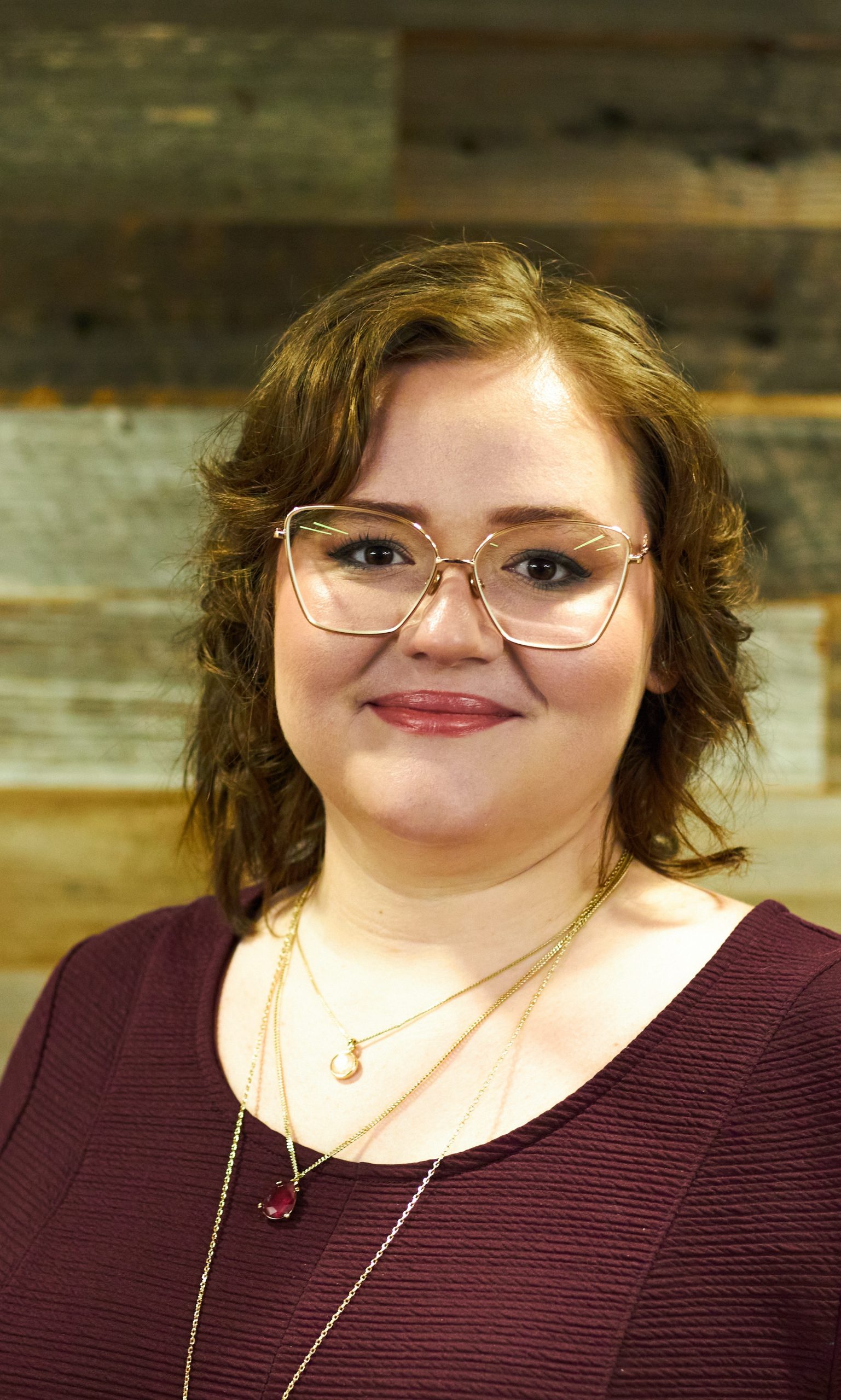


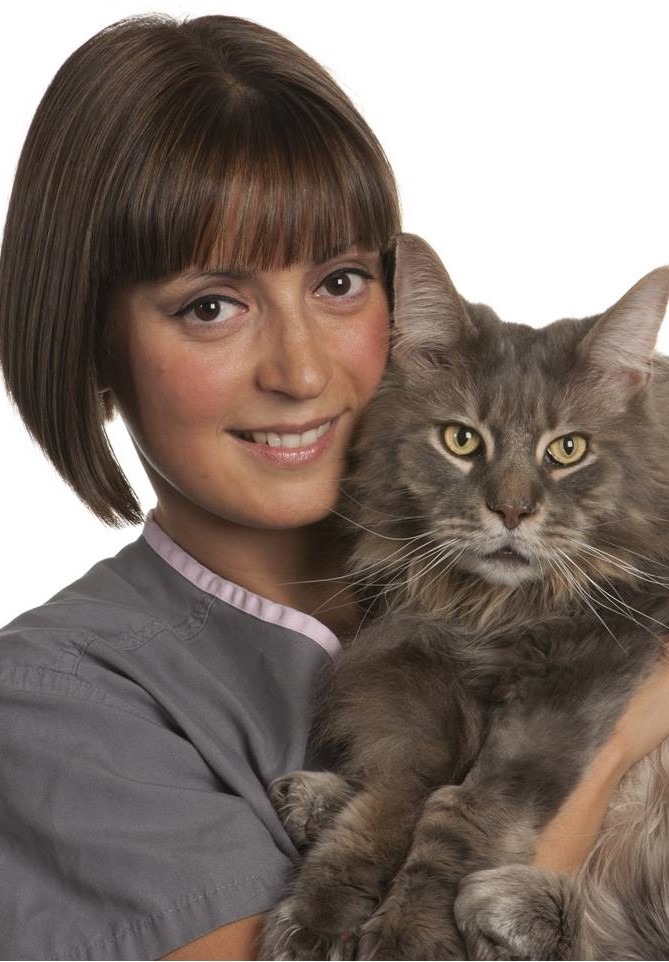
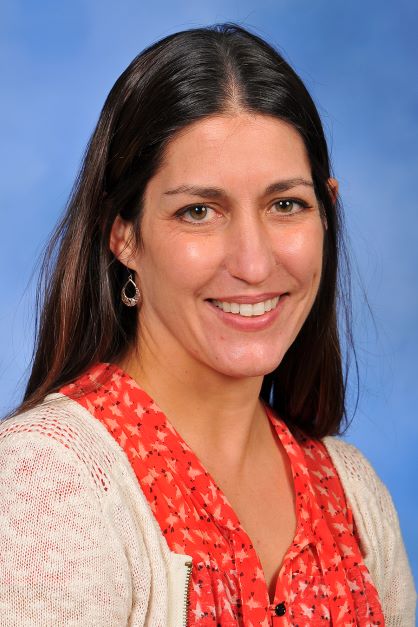


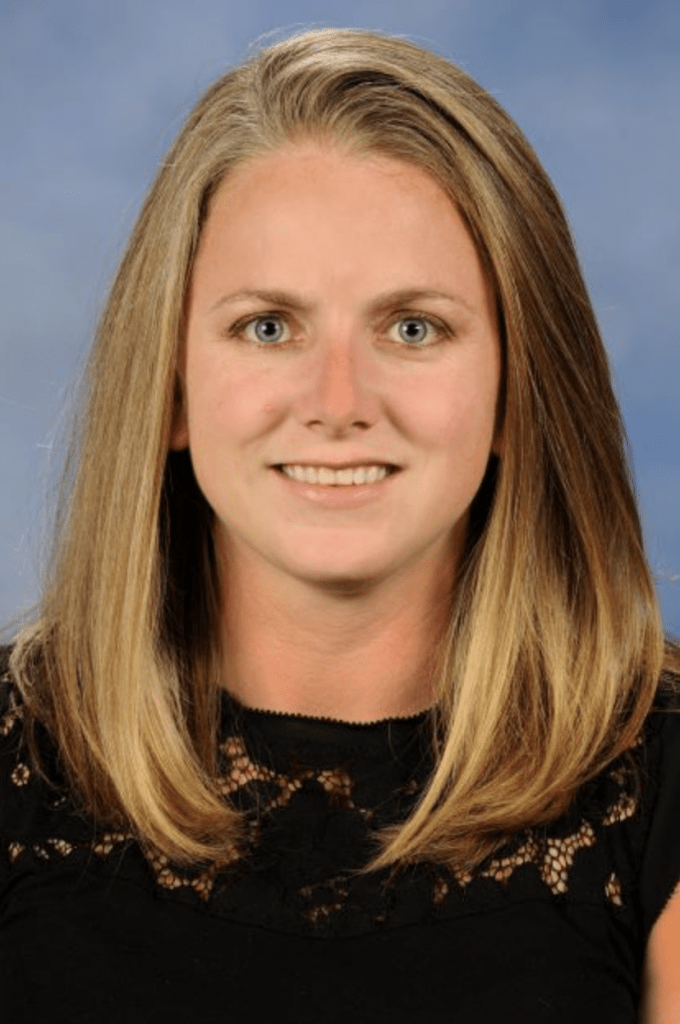
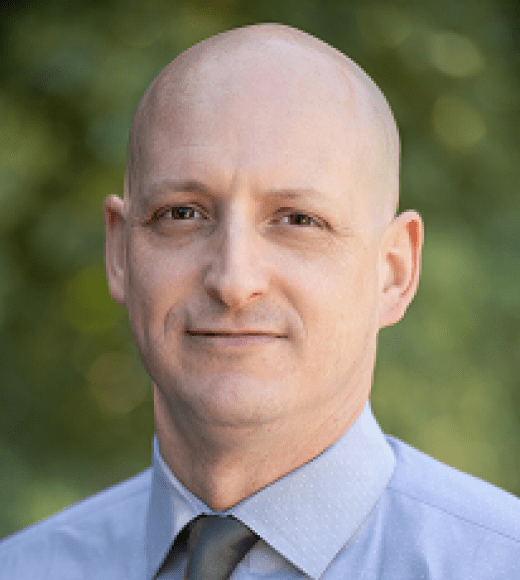

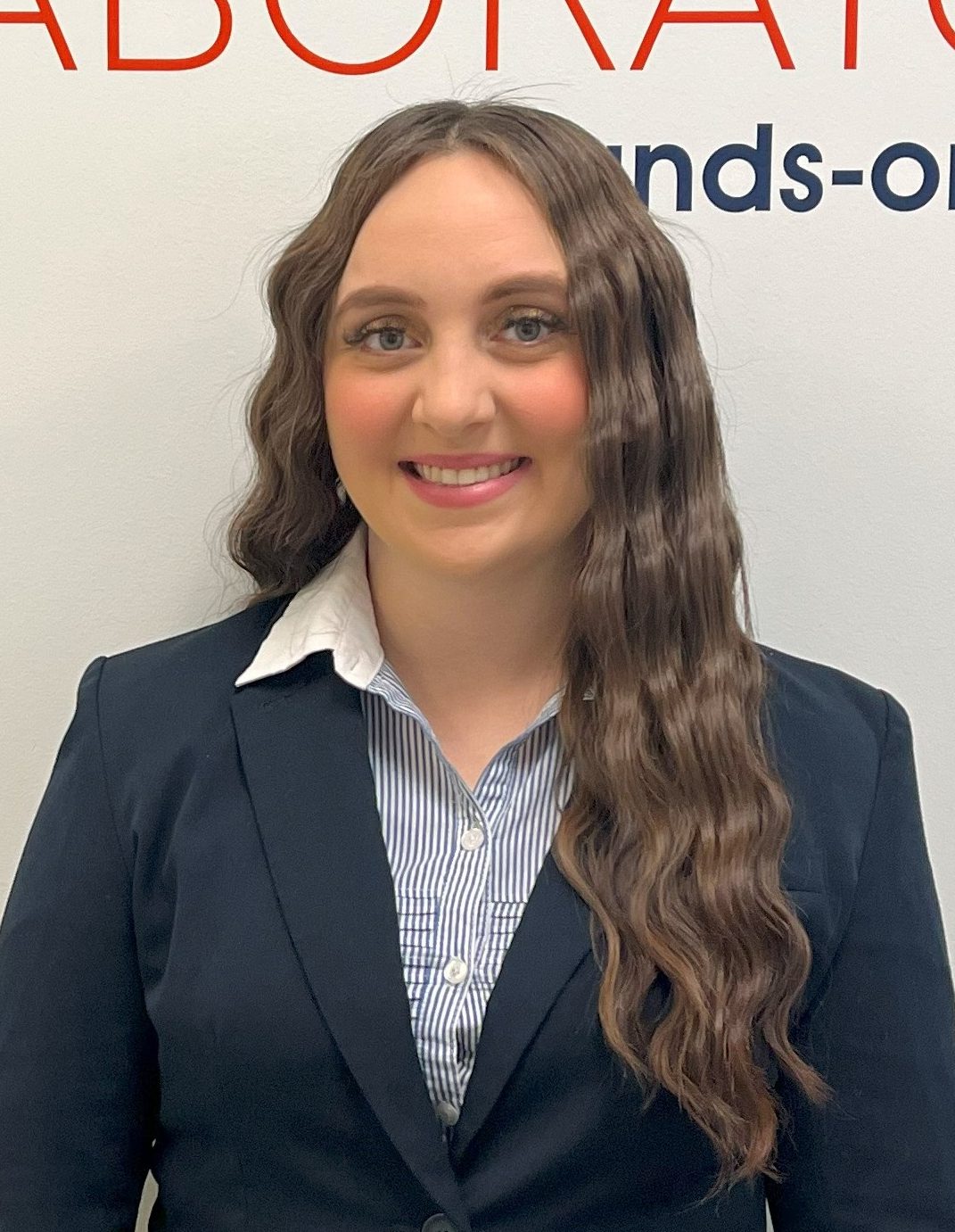
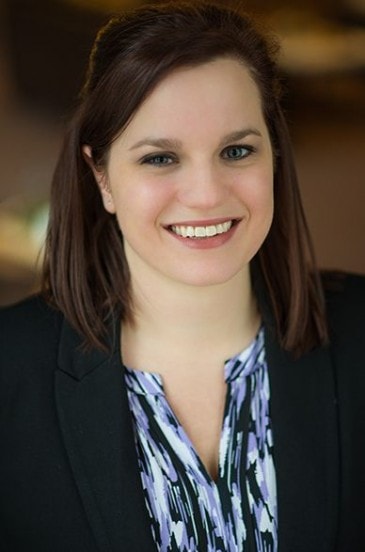


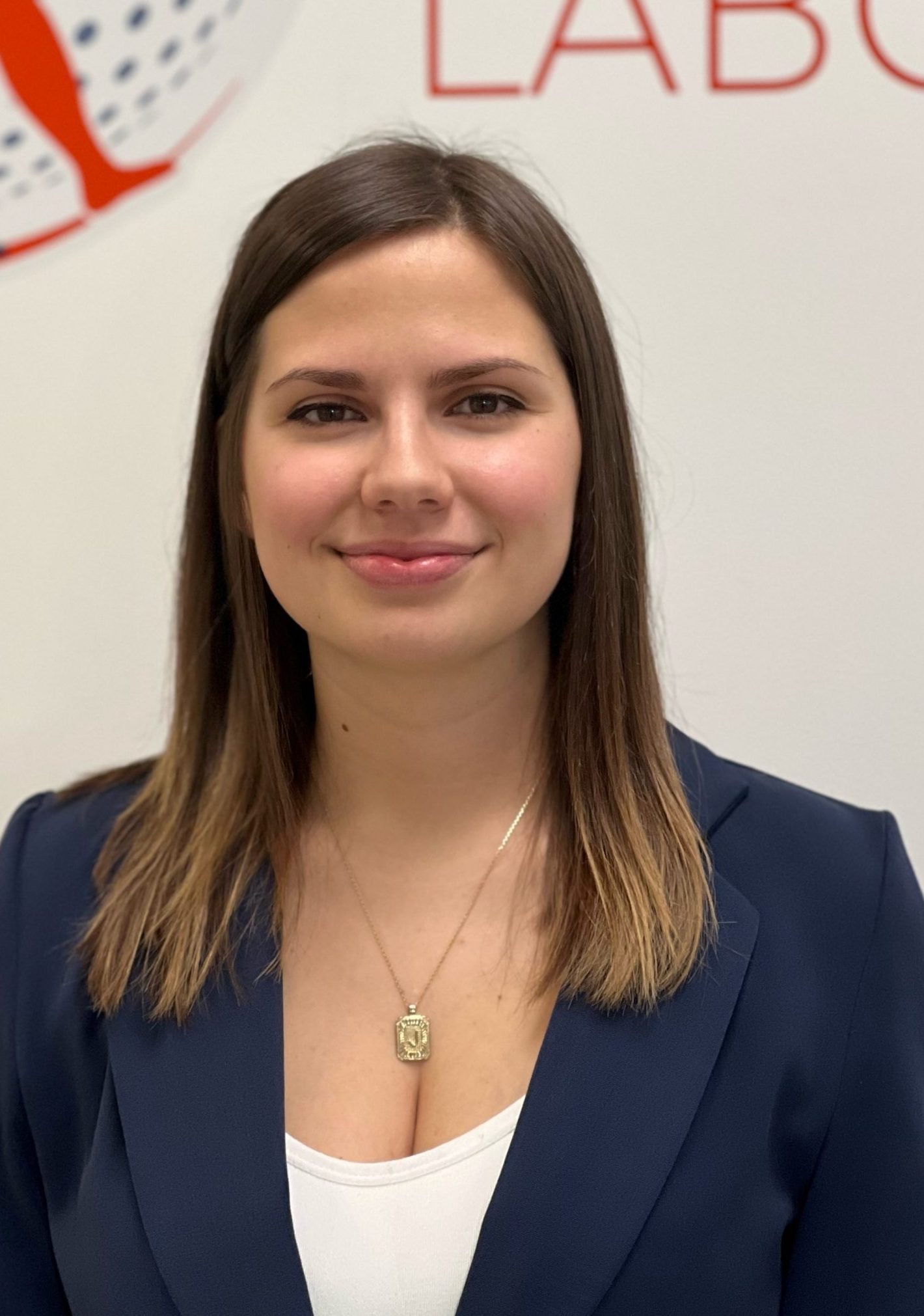
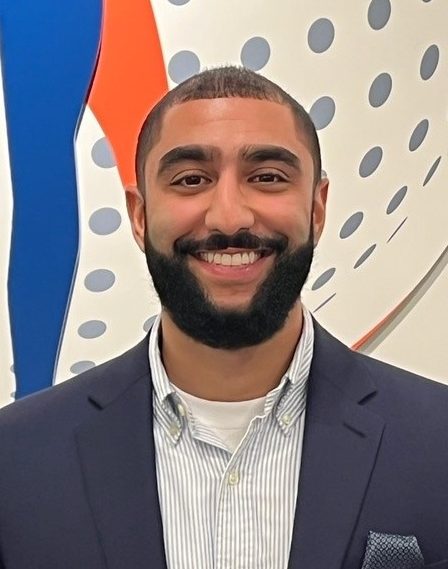
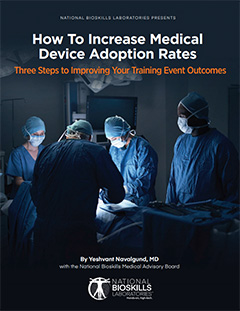
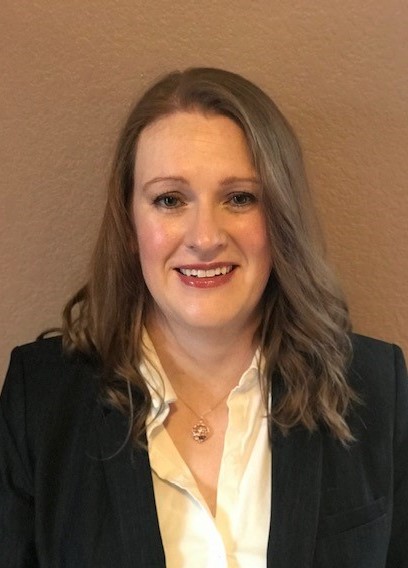
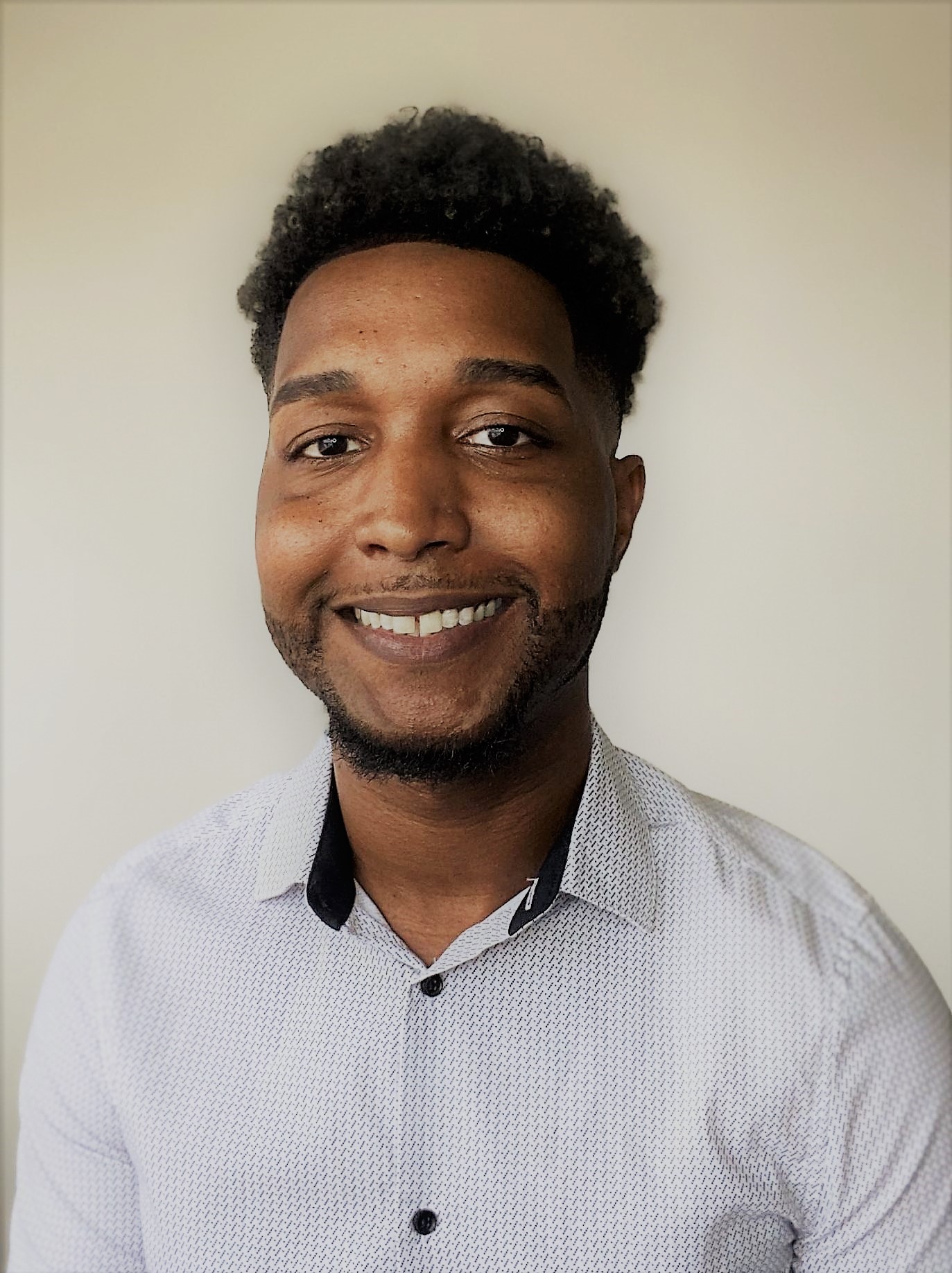


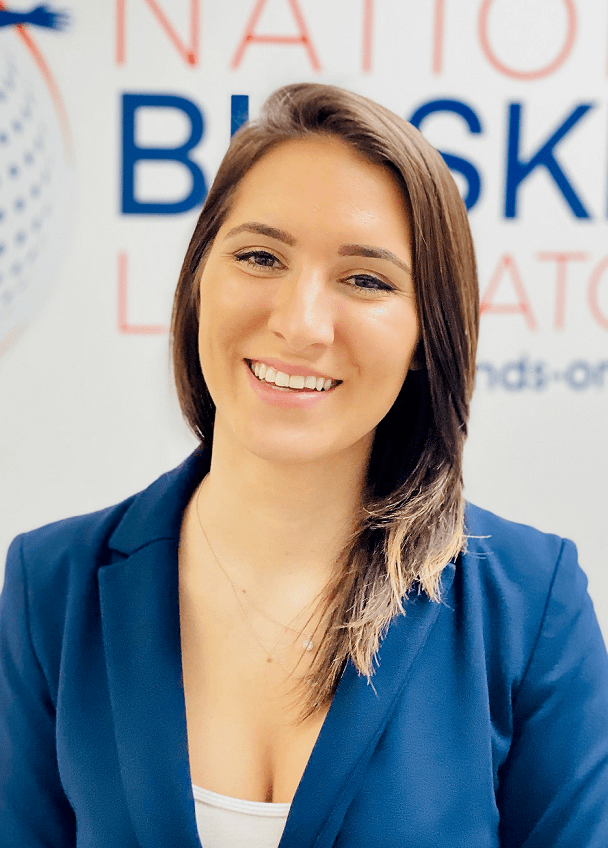

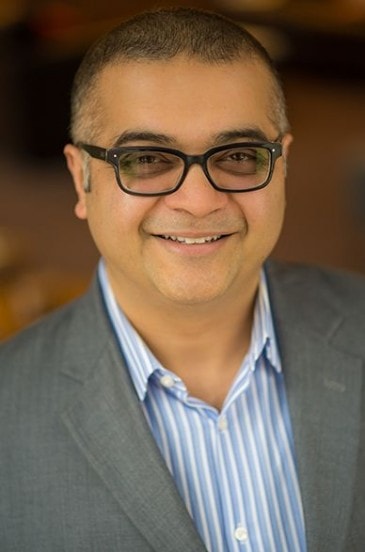

Recent Comments